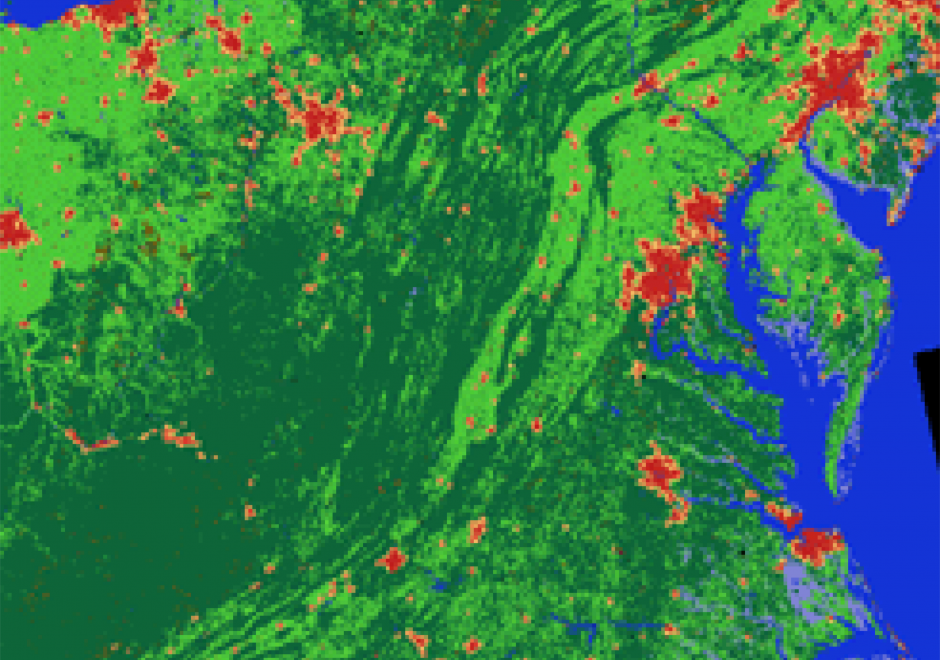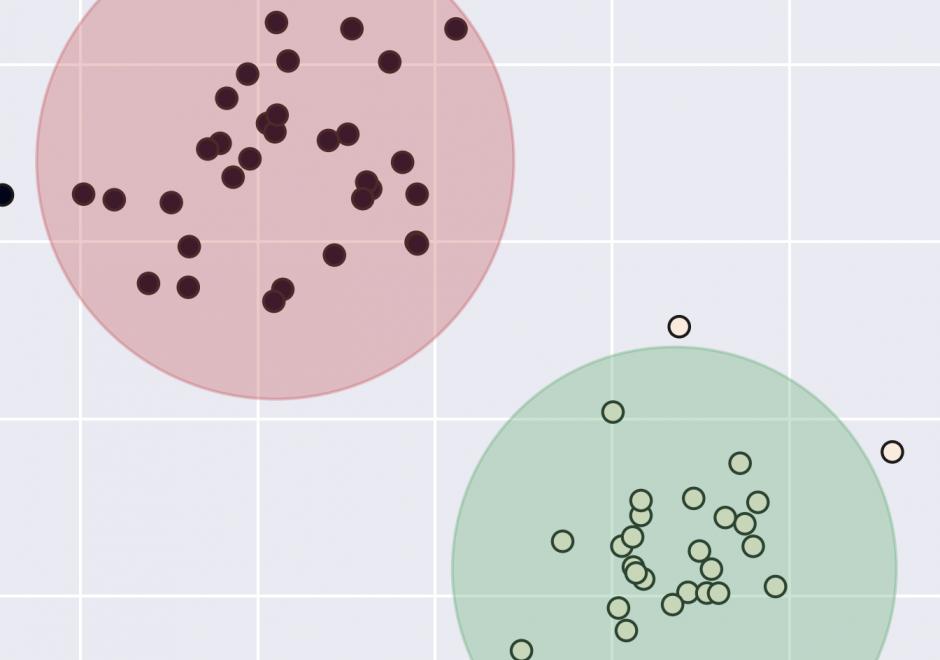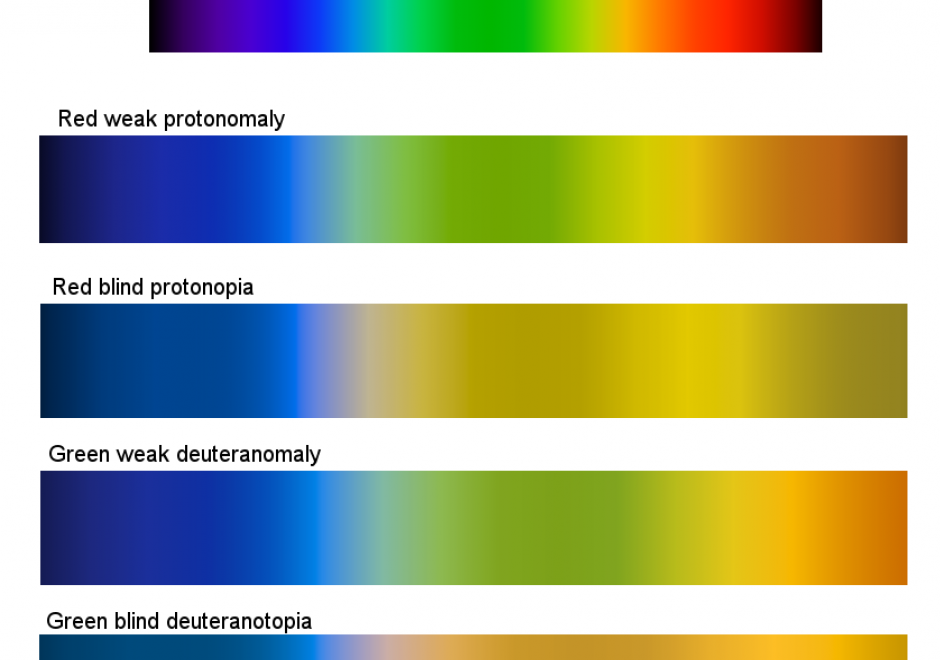CV-02 - Cartography and Technology

- Discuss the impact that mapping on the Web via applications such as Google Earth have had on the practice of cartography
- Explain how emerging technologies in related fields (e.g., the stereoplotter, aerial and satellite imagery, GPS and LiDAR, the World Wide Web, immersive and virtual environments) have advanced cartography and visualization methods
- Explain how MacEachren’s Cartography-cubed (C3) concept can be used to understand the evolving role of cartography and visualization
- Explain how software innovations such as Synagraphic Mapping System (SYMAP), Surfer, and automated contouring methods have affected the design of maps
- Evaluate the advantages and limitations of various technological approaches to mapping
- Select new technologies in related fields that have the most potential for use in cartography and visualization






CV-01 - Cartography and Science